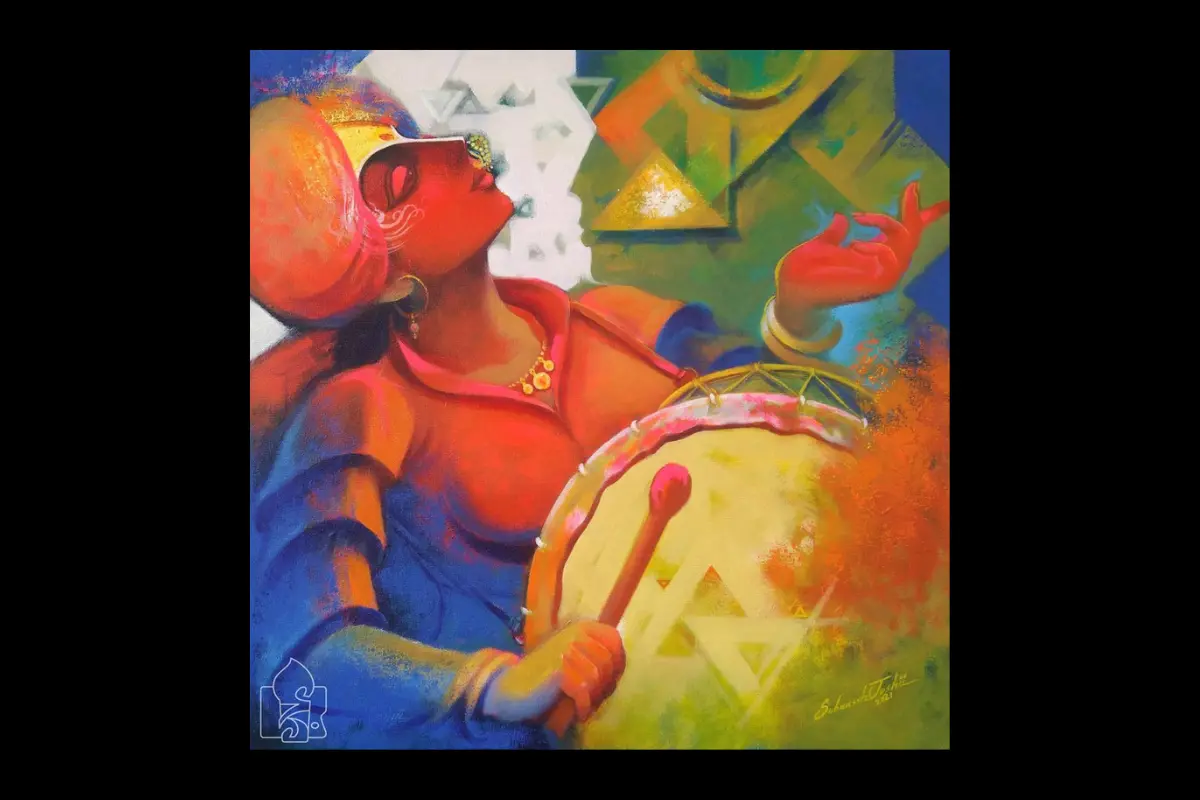Traditional Indian paintings encompass a rich tapestry of art forms that span centuries, each reflecting unique cultural narratives, spiritual beliefs, and regional aesthetics. Whether it’s the intricate miniatures of Rajasthan, the vibrant Madhubani art of Bihar, or the ornate Tanjore paintings of Tamil Nadu, these artworks are not just cultural artifacts but also valuable pieces of history and heritage. Preserving them requires careful consideration of their materials, techniques, and environmental factors. This guide explores essential tips on how to care for and preserve traditional Indian paintings to ensure their longevity and beauty for future generations.
Understanding the Materials and Techniques
Traditional Indian paintings use a variety of materials and techniques, each requiring specific care:
- Surface and Medium:
- Miniature Paintings: Typically executed on handmade paper or treated fabric with natural pigments and sometimes embellished with gold leaf.
- Madhubani Paintings: Utilize natural dyes and pigments on prepared surfaces such as paper or walls.
- Tanjore Paintings: Known for their use of gold foil, semi-precious stones, and thick gesso (chalk powder and Arabic gum) on wooden boards.
- Pattachitra and Kalamkari: Employ cloth or dried palm leaves as the canvas, using natural dyes and sometimes incorporating intricate embroidery or block printing.
- Techniques:
- Miniature and Pattachitra: Meticulous brushwork with fine detail.
- Madhubani and Warli: Geometric patterns and bold outlines.
- Tanjore: Embossed gold work and detailed iconography.
- Kalamkari: Hand-painted or block-printed textiles with natural dyes.
Tips for Care and Preservation
1. Handling and Display
- Handle with Care: Avoid touching paintings with bare hands; use clean, dry hands or wear cotton gloves to prevent oils and dirt from harming the surface.
- Frame Properly: Use acid-free mats and backing boards, and UV-resistant glass to protect against light damage and dust.
- Avoid Direct Sunlight: Display paintings away from direct sunlight and sources of heat to prevent fading and deterioration.
2. Environmental Considerations
- Stable Temperature and Humidity: Maintain a stable environment with moderate temperature (around 20-22°C) and humidity (between 40-60%) to prevent expansion, contraction, and mold growth.
- Avoid Fluctuations: Keep paintings away from areas prone to extreme temperature changes, such as near vents or radiators.
3. Cleaning and Maintenance
- Regular Dusting: Use a soft brush or dry, soft cloth to gently remove dust from the painting’s surface.
- Professional Cleaning: Consult a professional conservator for deep cleaning and restoration, especially for delicate or valuable artworks.
- Avoid Chemicals: Refrain from using household cleaners, solvents, or water on traditional paintings, as they can damage the delicate pigments and surfaces.
4. Storage
- Proper Storage: Store paintings flat in acid-free folders or boxes to prevent bending or creasing.
- Avoid Rolled Storage: If storing rolled, use acid-free tissue paper and roll loosely to minimize stress on the painting.
- Climate-Controlled Storage: Opt for a climate-controlled storage area if possible, with stable temperature and humidity levels.
5. Protection from Pests
- Inspect Regularly: Check paintings periodically for signs of insect infestation, mold, or mildew.
- Preventative Measures: Use insect repellents and ensure proper ventilation in storage areas to discourage pests and mold growth.
Conservation and Restoration
- Consult Professionals: Seek advice from professional conservators or restoration experts for specialized treatments and repairs.
- Documentation: Keep detailed records of any conservation work performed, including photographs and written assessments.
Cultural and Artistic Significance
Preserving traditional Indian paintings is not only about maintaining their physical integrity but also about safeguarding their cultural and artistic significance:
- Cultural Heritage: These paintings embody centuries-old traditions, narratives, and spiritual beliefs that contribute to India’s cultural identity.
- Artistic Legacy: Each painting style represents a unique artistic expression, technique, and regional aesthetic that deserves recognition and preservation.
- Educational Value: They serve as valuable educational resources, offering insights into history, mythology, and societal norms of their respective regions.
Conclusion
Caring for and preserving traditional Indian paintings requires a blend of understanding their materials, techniques, and environmental needs. By following the tips outlined in this guide—handling with care, maintaining stable conditions, regular cleaning, proper storage, and seeking professional advice for conservation—art enthusiasts and collectors can ensure these precious artworks remain vibrant and intact for future generations to appreciate. Beyond their aesthetic beauty, these paintings are invaluable cultural artifacts that connect us to India’s rich artistic heritage, offering a glimpse into its diverse traditions and enduring artistic legacies.

